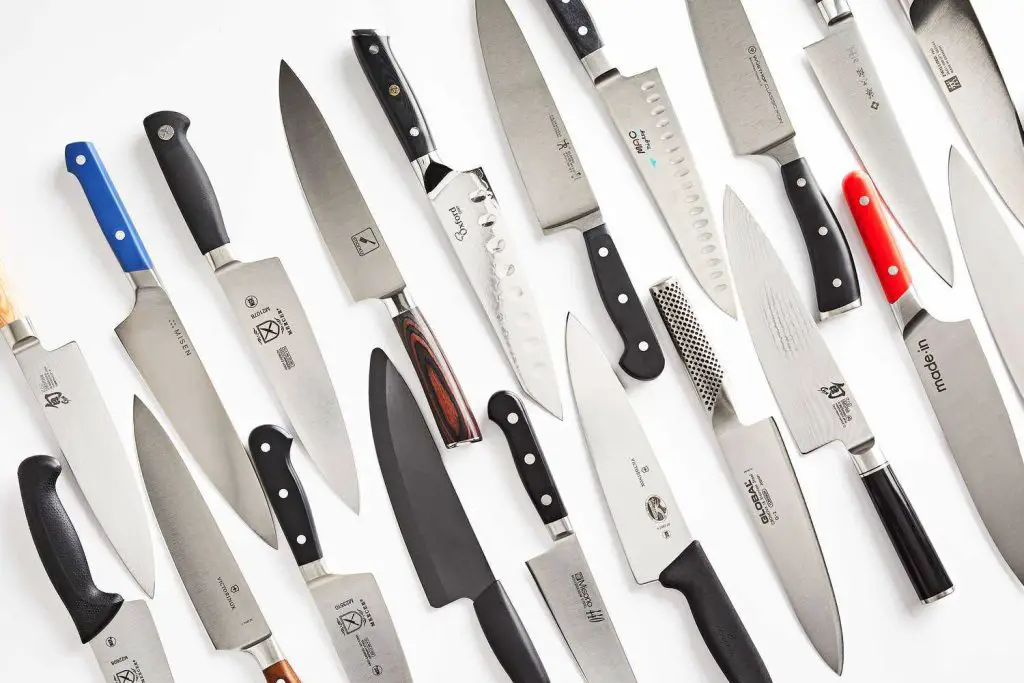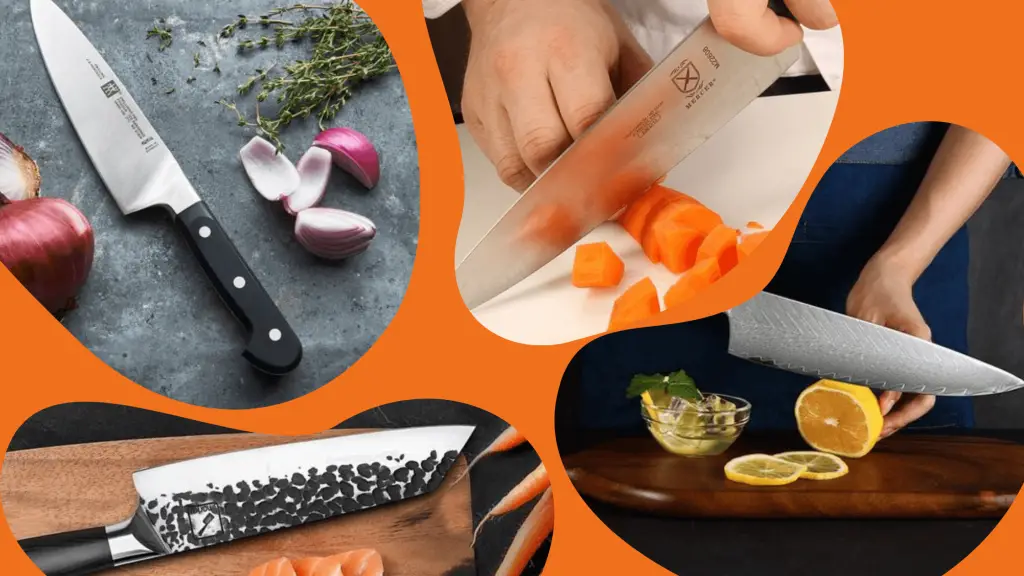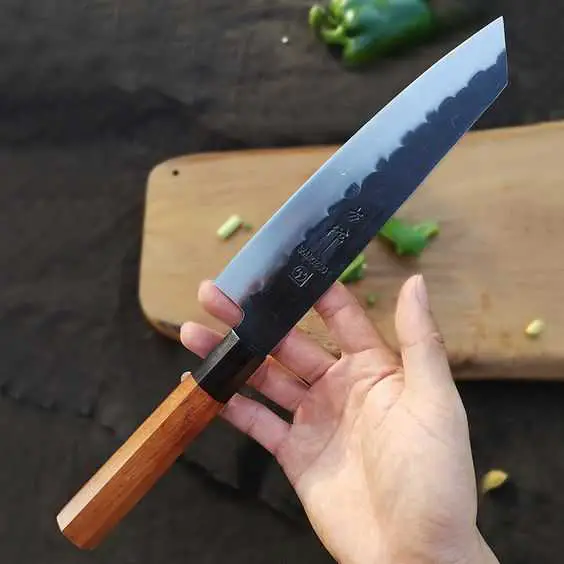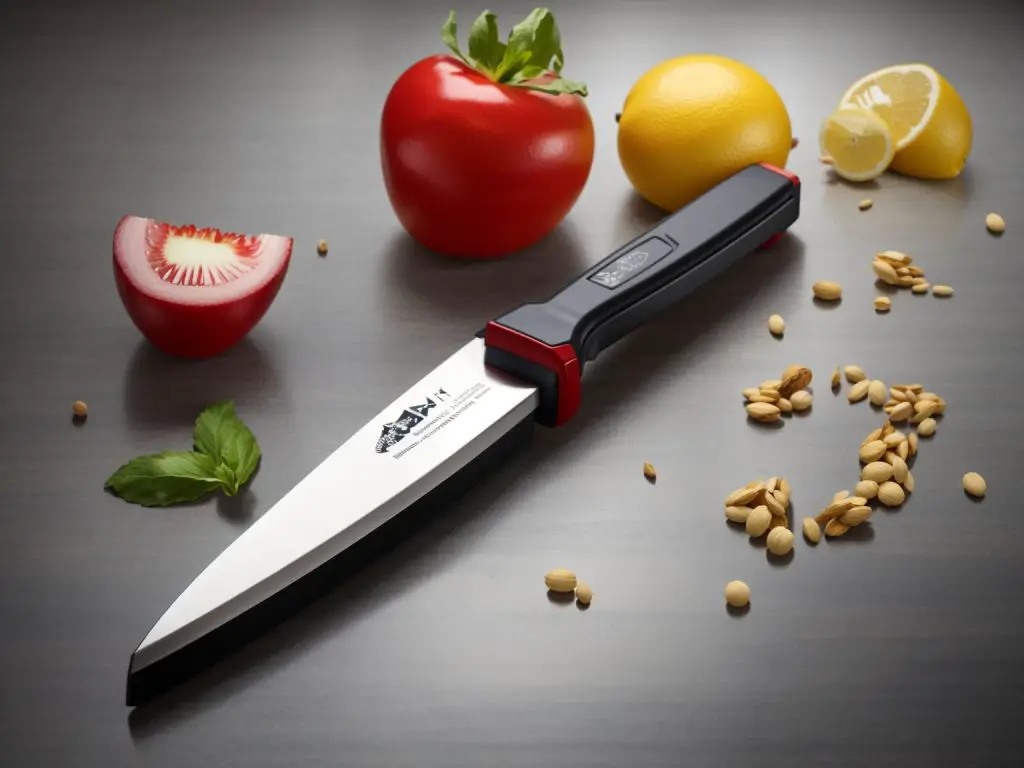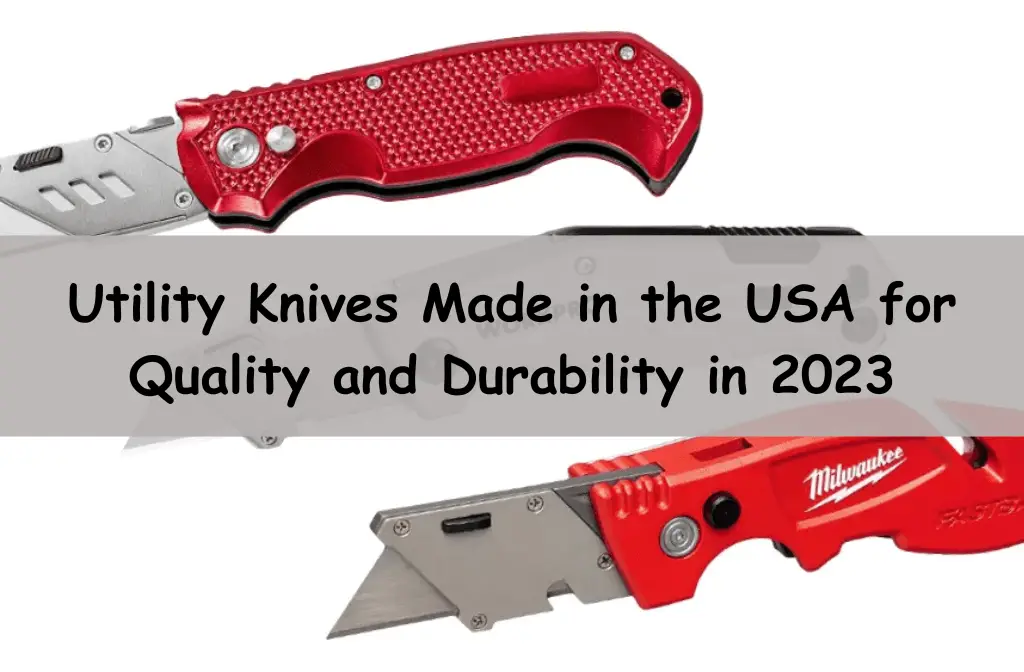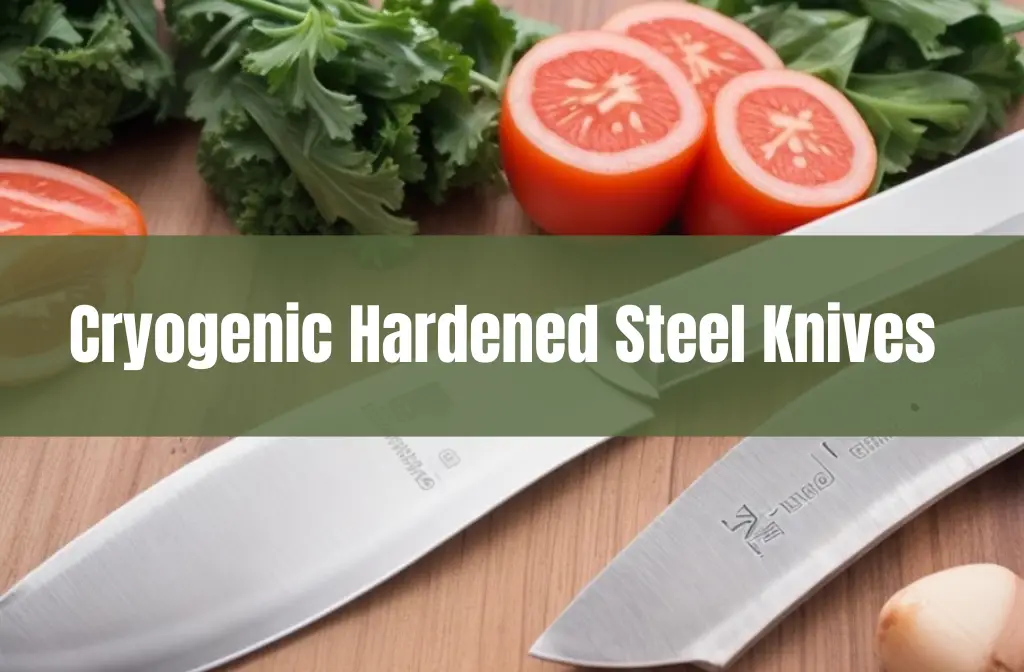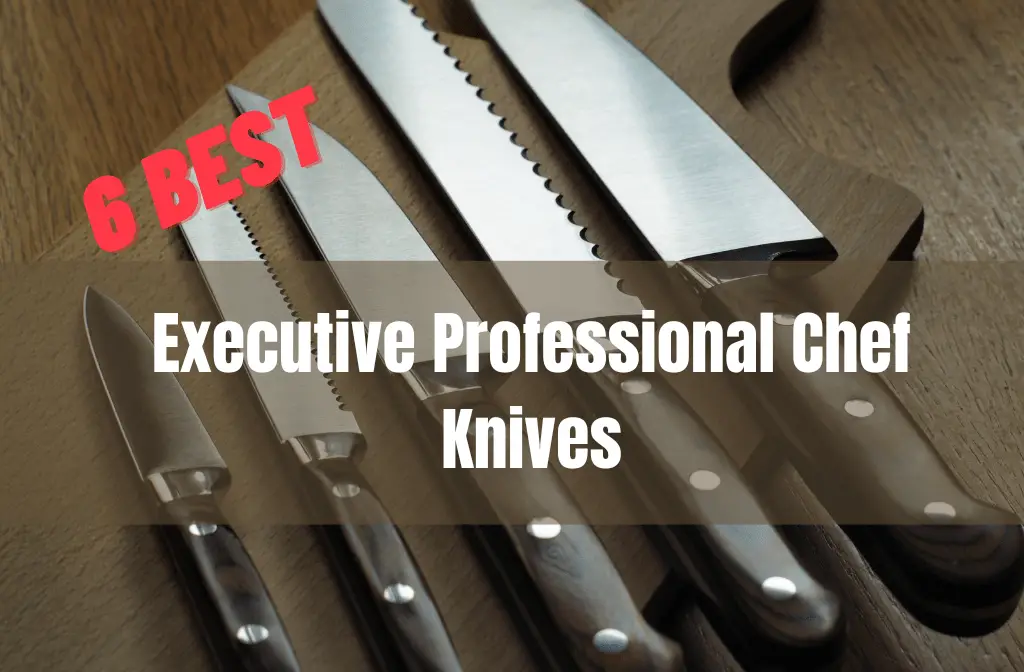
Choosing the right kitchen knife is a crucial decision that every cook has to make. A knife is an essential tool that every cook uses to prepare a meal, and therefore, choosing the right knife can make your cooking experience more enjoyable and efficient. In this article, we will provide you with tips on how to choose the best kitchen knives for your cooking style.
Understand Your Cooking Needs
Before you begin your search for the best kitchen knife, you need to understand your cooking needs. Different types of knives are designed for different tasks, and therefore, you need to choose a knife that will meet your needs. For instance, if you are a frequent chopper, you may want to consider purchasing a chef’s knife or a Santoku knife. On the other hand, if you are a meat lover, you may want to consider purchasing a carving knife or a boning knife.
Consider the Knife Material
The material used to make a knife affects its quality and durability. Knives can be made from different materials such as carbon steel, stainless steel, ceramic, or high-carbon stainless steel. Carbon steel knives are sharp and easy to sharpen, but they are susceptible to rust and discoloration. Stainless steel knives are durable and resistant to rust, but they are harder to sharpen. Ceramic knives are lightweight, sharp, and easy to clean, but they are fragile and can easily break. High-carbon stainless steel knives are a good compromise between carbon steel and stainless steel knives. They are durable, rust-resistant, and sharp.
Consider the Knife Handle
The handle is an important part of a knife as it provides comfort and grip. The handle can be made from different materials such as wood, plastic, or metal. Wood handles provide a good grip, but they require more maintenance than other handles. Plastic handles are durable, easy to clean, and lightweight, but they may not provide a good grip. Metal handles are durable and easy to clean, but they can be slippery.
Consider the Knife Size and Weight
The size and weight of a knife are important factors to consider when choosing a kitchen knife. A heavy knife may provide more power when cutting, but it may also cause fatigue during prolonged use. On the other hand, a light knife may be easy to handle, but it may not provide enough power for certain tasks. The size of the knife also matters as a larger knife may not be suitable for smaller tasks, while a smaller knife may not be suitable for larger tasks.
Consider the Best kitchen Knife Price
Finally, you need to consider the price of the knife. The price of a knife is usually an indication of its quality and durability. However, this does not mean that you have to break the bank to purchase a good knife. There are many good quality knives that are affordable and offer good value for money.
Maintaining After Choose the Best Kitchen Knives
Once you’ve chosen the perfect best
kitchen knives for your cooking style, it’s essential to take good care of them to ensure their longevity and peak performance. Proper maintenance will not only keep your knives sharp and efficient but also ensure your safety in the kitchen.
Sharpening and Honing:
Regularly sharpening your knives is crucial to maintain their cutting edge. A blunt knife can be dangerous as it requires more force to cut, increasing the risk of accidents. Invest in a high-quality knife sharpener or honing rod. Honing should be done more frequently (every few uses), while sharpening can be done less often, depending on usage. If you’re unsure about sharpening yourself, consider taking your knives to a professional.
Handwashing:
Avoid putting your knives in the dishwasher as the high-pressure water and harsh detergents can damage the blade and handle. Instead, handwash your knives with mild dish soap and warm water immediately after use. Dry them thoroughly with a soft cloth to prevent any moisture from promoting rust.
Cutting SurfacHandwashing:e:
The cutting board you use also affects the longevity of your knives. Avoid using hard surfaces like glass or stone, as they can quickly dull the blade. Opt for softer materials like wood or plastic cutting boards to preserve the knife’s edge. Additionally, make sure to replace your cutting board when it shows signs of wear to avoid potential contamination.
Storage:
Proper knife storage is essential for both safety and maintaining the blade’s sharpness. Consider using a knife block, magnetic strip, or knife drawer inserts to keep the blades protected and separated. Never throw your knives into a drawer without proper storage as it can cause the blades to collide and become damaged.
Avoid Misuse:
Each knife has its specific purpose, and using the right knife for the right task is crucial. Avoid using your best kitchen knives to open cans, bottles, or packages, as this can damage the blade and compromise its effectiveness. Reserve your best kitchen knives solely for cutting and chopping tasks.
Handle Care:
If your knives have wooden handles, avoid leaving them soaking in water or exposing them to extreme temperatures. Wood can expand and contract, leading to cracks and damage over time. Keep the handles clean and dry to preserve their appearance and functionality.
Regular Inspections:
Periodically inspect your knives for any signs of damage, such as chips or loose handles. If you notice any issues, discontinue use and have them repaired or replaced as necessary.
By following these maintenance tips, your best kitchen knives will remain reliable, sharp, and safe for years to come. Remember, proper care and regular maintenance are essential for getting the most out of your investment in high-quality best kitchen knives. Happy cooking!
In conclusion, choosing the right best kitchen knife is an important decision that every cook has to make. By considering your cooking needs, the knife material, handle, size and weight, and price, you can make an informed decision and choose the best knife for your cooking style. Remember that a good knife is an investment that will make your cooking experience more enjoyable and efficient.

